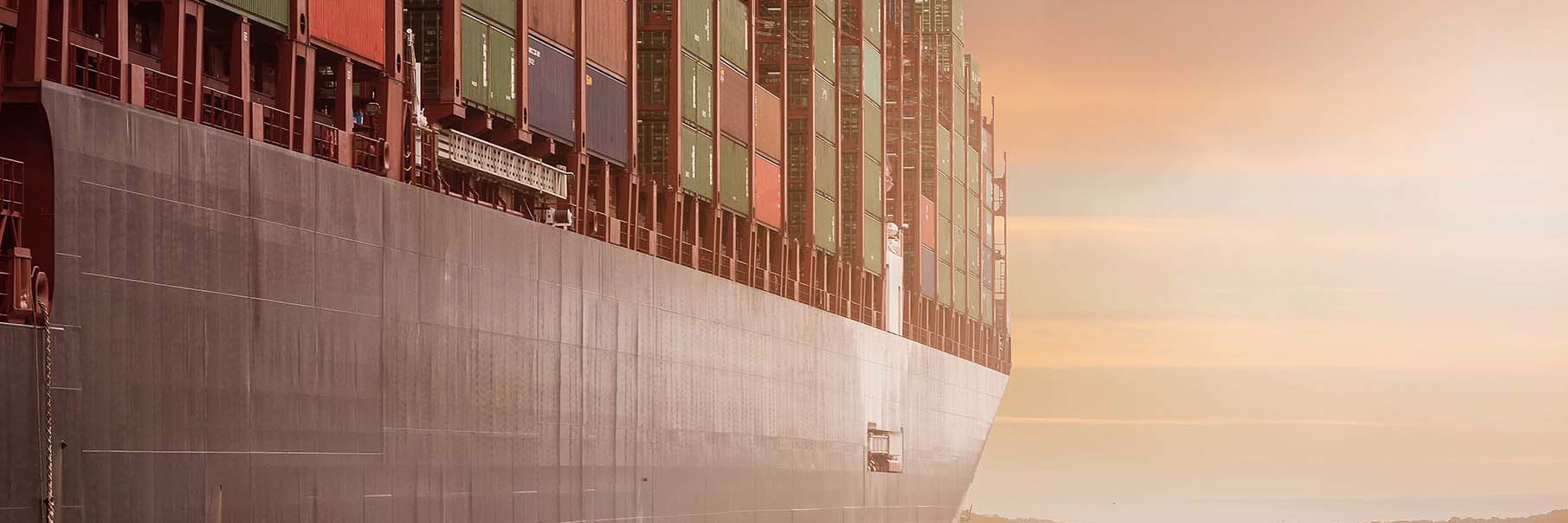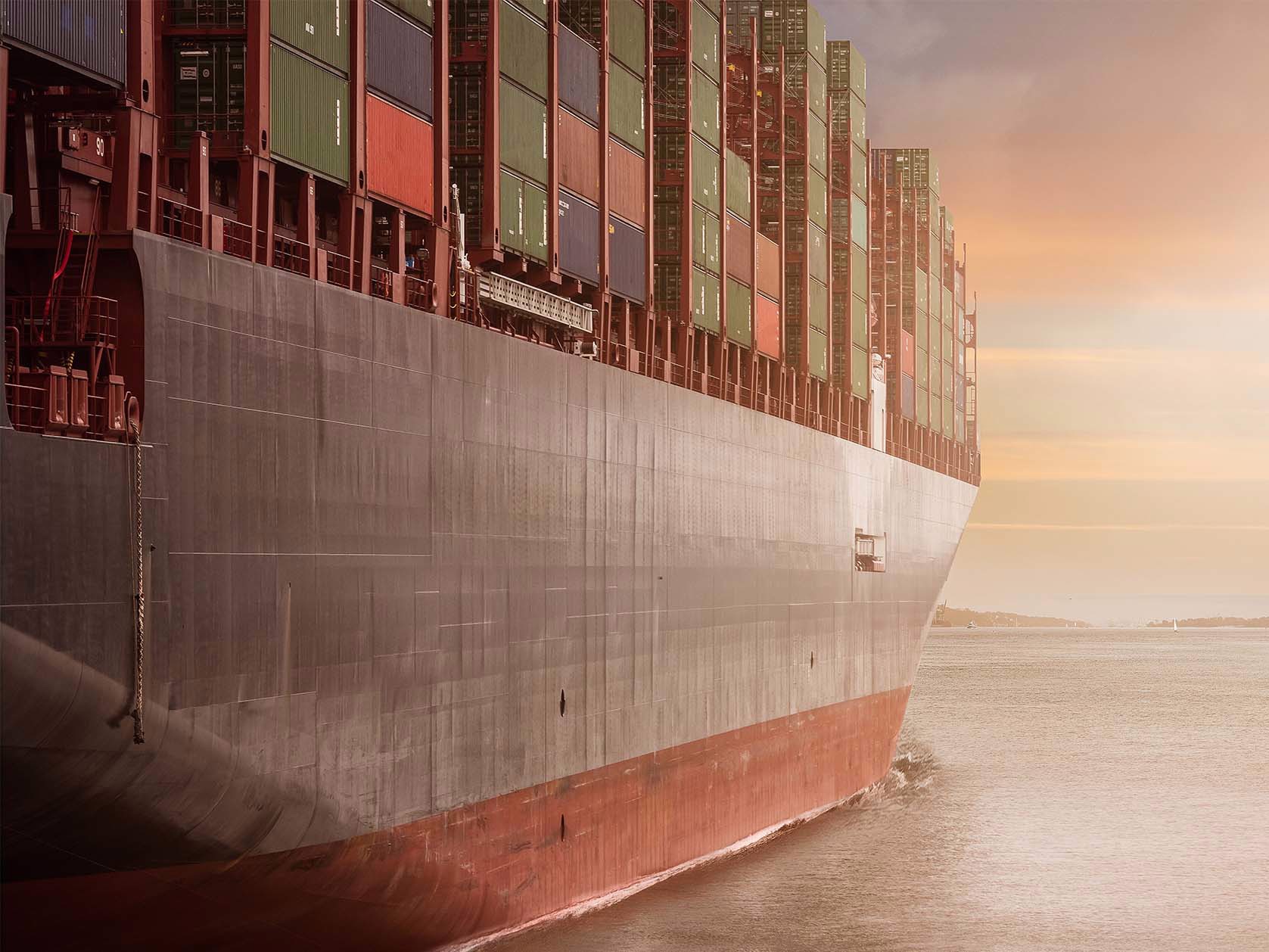The National Party received the largest share of votes in New Zealand’s General Election over the weekend and is expected to form a coalition government with the ACT Party and potentially the New Zealand First Party in the coming weeks. A National-led coalition government is expected to prioritise trade as a means for boosting New Zealand's economic growth, and it is already clear what the likely coalition partners’ respective trade policy priorities will be.
In this alert, our experts evaluate the likely coalition partners’ respective trade policy priorities and make recommendations for local and international stakeholders with an interest in influencing New Zealand's trade policy agenda in the coming three years.
National Party’s trade policy priorities
On 10 October 2023, the National Party published 'Boosting growth through trade', which sets out the party’s plan to boost economic growth by focusing on seven key trade policy priorities, that are summarised and evaluated below.
| National Party priorities | Our comments |
Exports
|
Doubling export values within 10 years is ambitious. In 2022, New Zealand’s total exports (goods and services) were valued at $89.9 billion or 24% of New Zealand’s total GDP[1] - these are already big numbers. To double them, the incoming Government will need to set clear sector-specific objectives and invest in aligned trade promotion activities, trade agreement negotiations and trade facilitation initiatives. It will also need to: support exporter capability-building, trade show attendance and innovation; and invest in export infrastructure and supply chain resilience initiatives. To deliver, we expect that New Zealand Trade and Enterprise (NZTE) and the Ministry of Foreign Affairs and Trade (MFAT) will continue to receive extra budget funding from the incoming Government. |
Trade missions
|
The incoming Government should be able to conduct more trade missions than the previous two governments, whose outreach options were constrained as New Zealand’s international border was closed between March 2020 and July 2022 due to COVID-19. Since the border reopened, New Zealand’s Trade Minister has travelled to the EU, Saudi Arabia, the UAE and Japan, and led trade missions to the US, Australia and China. When prioritising future trade mission destinations, the incoming Government will need to carefully consider where it can best connect New Zealand businesses with potential foreign partners, customers, investors and opportunities. Recommendation: New Zealand companies (and foreign governments) with an interest in trade mission participation are advised to signal this to appropriate NZTE and MFAT officials at an advanced stage. |
Primary industries
|
NZ-GCC FTA: An NZ-GCC FTA was substantially concluded in 2009, but not finalised due to political concerns in the Gulf. Following a material change in the GCC’s trade strategy and the recommencement of FTA negotiations in March 2022, there have been five rounds of talks. New Zealand is attempting to renegotiate the 2009 agreement to include labour rights and environmental provisions, while the GCC has reportedly countered by offering reduced market access for New Zealand’s exports (more than 85% of which are currently agri-food exports). If this political impasse can be overcome, we expect an agreement could be concluded relatively quickly. NZ-Pacific Alliance FTA: The Pacific Alliance is a regional free trade area and economic integration bloc established in 2011. The NZ-Pacific Alliance FTA negotiations began in 2017 and the last round of talks concluded in 2018. It appears that renewed political impetus will be needed to make meaningful progress on this FTA. NZ-UAE CEPA: On 23 September 2023, New Zealand’s outgoing Trade Minister announced that New Zealand and the UAE would soon start exploratory discussions on a potential Comprehensive Economic Partnership Agreement (CEPA). If the NZ-GCC FTA can deliver on New Zealand’s objective of securing the elimination of all UAE tariffs on imports from New Zealand within commercially meaningful timeframes, the potential benefits of this CEPA will be less obvious, but perhaps still material given the depth of this bilateral relationship. Recommendation: New Zealand companies with an interest in these trade negotiations are advised to communicate their objectives to MFAT if they have not done so already. |
Free Trade Agreements
|
|
India
|
In our view, the outgoing Government had already identified India as a strategic priority for increased trade and investment. Since reopening the New Zealand border in July 2022, the Government: welcomed Indian Foreign Minister, Subrahmanyam Jaishankar to New Zealand; conducted four ministerial visits to India; and partook in a New Zealand Business Council delegation to India. An early Prime Ministerial visit to India would assist to keep the current bilateral momentum going. As an NZ-India FTA is currently off the cards, we think the incoming Government will need to think creatively about how it can develop ties with India to create mutually beneficial opportunities. As part of this process, we should recall that tariff reductions can be secured outside of an FTA, so long as the improvements in market access created are made available to all WTO Member countries. As such, New Zealand stakeholders should carefully consider what we can offer India as an incentive to reduce some of the country’s more restrictive tariffs. Recommendation: New Zealand companies should expect Government decision-makers to be especially receptive to their proposals for enhancing trade and investment with India in the coming years. |
Non-Tariff Barriers to trade
|
An NTB is an obstacle to international trade that is not an import or export duty. Examples include sanitary and phytosanitary measures, technical rules, import quotas and customs procedures. More than 78% of world trade is affected by NTBs, with agri-food exporters subject to more NTBs than any other sector of the economy.[2] Compliance costs equate to over 20% of the value of New Zealand exports.[3] As such, addressing primary sector NTBs should be a top priority for the incoming Government. In our view, there is limited mileage in trying to address these barriers via plurilateral NTB agreements or regulatory harmonisation, as governments are seldom willing to negotiate the liberalisation of their food safety or technical product standards, etc. Instead, given the high regard in which New Zealand’s regulatory system is generally held, we recommend focusing on identifying markets with equivalent regulatory systems and negotiating mutual recognition agreements with them. Recommendations:
|
World Trade Organisation
|
New Zealand is a small country with an economy that is highly dependent on trade. New Zealand’s WTO membership means that the country: benefits from the organisation’s trade rules and members' market access commitments; and has a process to settle disputes if other trade partners breach these rules and commitments. Unfortunately, the strength of the WTO has been significantly compromised in recent years by: the deadlock in the Doha Round of trade negotiations; the disfunction of the WTO’s dispute settlement system since the end of 2019; increasing levels of protectionism worldwide; and question marks surrounding the WTO’s ability to respond to emerging issues, such as digital trade and climate change. At this point, insufficient political will exists in key WTO member countries to see the organisation resume its key role in the international trading system. Recommendation: It will always be in New Zealand’s interests to advocate for a stronger WTO. However, given New Zealand’s trade policy resources and funding are finite, care will need to be taken to ensure that outlays aimed at strengthening the WTO and other trade policy priorities are commensurate with their likely returns on investment. |
ACT Party's trade policy priorities
There is little doubt that the ACT Party will be part of the incoming National-led coalition government. While ACT has not published a dedicated document that sets-out its trade policy priorities, various press releases and speeches illustrate ACT’s likely areas of focus. In addition to pursuing many of the priorities championed by the National Party, ACT wants to resume live animal exports and unilaterally abolish New Zealand’s remaining import tariffs.
| ACT Party priorites | Our Comments |
Live animal exports
|
New Zealand banned livestock exports by sea from 30 April 2023, following the sinking of the Gulf Livestock 1 and the subsequent review of New Zealand’s livestock export trade. Prior to this ban, New Zealand’s top live animal exports by sea (by value) were horses, cattle and poultry sold for breeding purposes. These exports constituted approx. 0.3% of primary sector export revenue. The National, ACT and New Zealand First parties all support a reversal of this ban, conditional on the imposition of more stringent animal welfare standards. Groups such as the Livestock Export New Zealand appear to agree that an enhanced animal welfare regime would serve New Zealand better than the current live animal exports ban. Veterinarians for Animal Welfare Aotearoa and other animal welfare groups and a significant proportion of the polled general public support the current ban. Recommendation: New Zealand stakeholders with an interest in the country’s live animal exports are advised to prepare for a likely MPI-led public consultation on the merits of reversing the current ban. |
Import tariffs
|
Most goods imported into New Zealand enter duty-free. Tariffs of 5 or 10% are levied on some imported goods, including certain textiles, footwear, processed foods, machinery, steel and plastic products. Preferential tariffs (or tariff-free access) apply to goods from countries that New Zealand has trade agreements with. While import tariffs generate approx. $175 million in annual tax revenue, the costs associated with administering New Zealand’s current tariff regime are estimated at between $90-$260 million per year.[7] Eliminating this regime would increase competition on the domestic market and reduce consumer prices, the compliance burden on importers, and regime administrative costs. The argument that New Zealand needs to retain these import tariffs as negotiating coin for future FTA negotiations should be tested, as larger economies’ trade policy decisions are unlikely to be driven by securing better access to New Zealand’s very small market.[8] Recommendation: We recommend that the incoming Government conducts a cost-benefit analysis to determine the merits of unilaterally abolishing New Zealand’s remaining import tariffs. New Zealand companies with an interest in this matter should make their views known to Ministry of Business Innovation and Employment officials in the first instance. |
New Zealand First Party’s trade policy priorities
At this point, it remains unclear whether the National Party will need the support of the New Zealand First Party to form a majority coalition government. If such support is required, the National and ACT parties may soon need to consider the merits of New Zealand First’s wider trade policy priorities, which are known to include:
- making Northport a key Port of Entry for Auckland;
- building a dry dock at Northport;
- increasing New Zealand Export Credit Office funding; and
- providing legal support to wool exporters.
Next steps
However comprised, a National-led coalition government is going to prioritise trade as a means for boosting New Zealand economic growth, and most of the trade policy priorities outlined above will be progressed in the near term.
If you need assistance with trade-related matters, please do not hesitate to contact one of our experts.
How can we help?
MinterEllisonRuddWatts is home to New Zealand’s leading international trade law practice and its Public Law practice is ranked Band 1 by Chambers Asia Pacific 2023. We routinely assist clients with the full spectrum of trade, public and regulatory law matters.
Trade expert and practice head, Sarah Salmond, was named Asia Pacific’s International Trade Lawyer of the Year at the Women in Business Law Awards 2023 and is the only lawyer from a major New Zealand law firm recognised for Trade Law by The Best Lawyers™ in New Zealand 2023.
Footnotes
- See: NZ economic performance in 2022, and future prospects | New Zealand Ministry of Foreign Affairs and Trade (mfat.govt.nz).
- See: Non-tariff-measures-Impacts-trends-and-effects-on-exports-from-New-Zealand-January-2022.pdf (mfat.govt.nz).
- Ibid.
- See: Barriers to trade | New Zealand Ministry of Foreign Affairs and Trade (mfat.govt.nz).
- See: Barriers-to-trade-report-2023-final-public-version.pdf (mia.co.nz).
- See: New Zealand wins CPTPP dispute against Canada | Beehive.govt.nz.
- See: Future of trade policy — Sense Partners.
- Ibid.



